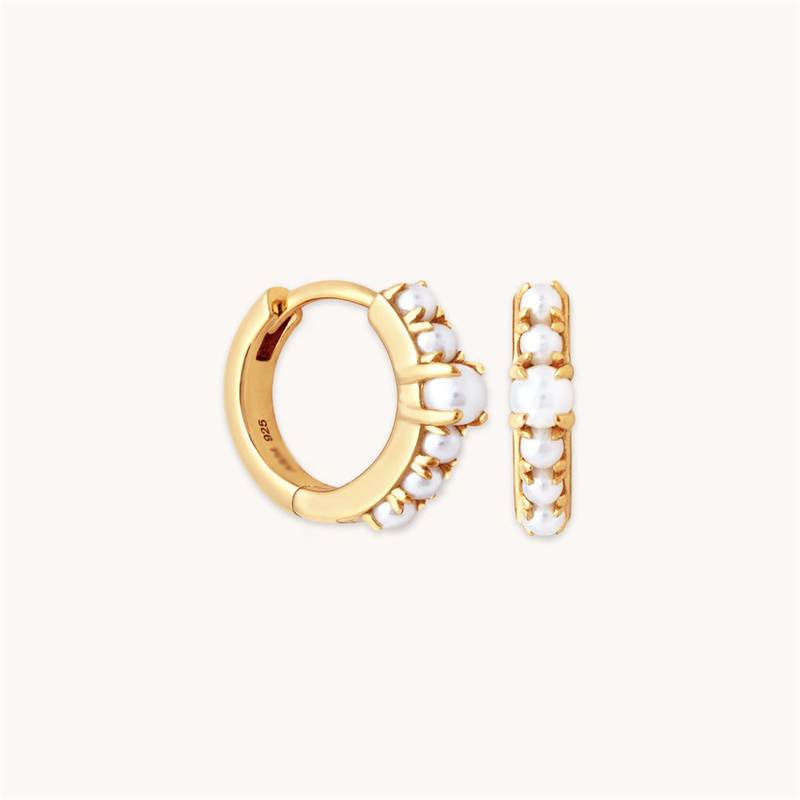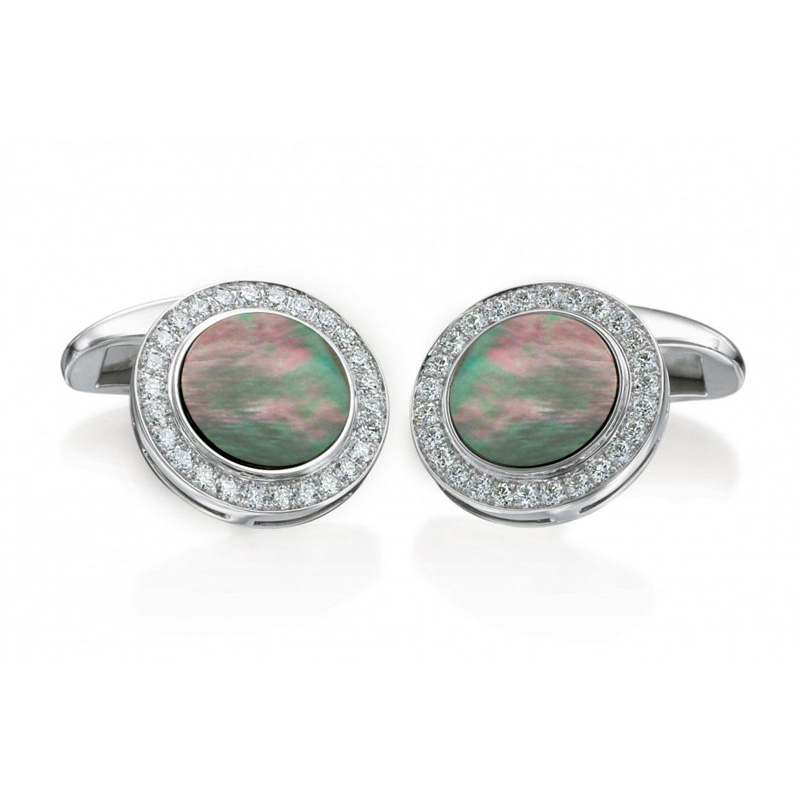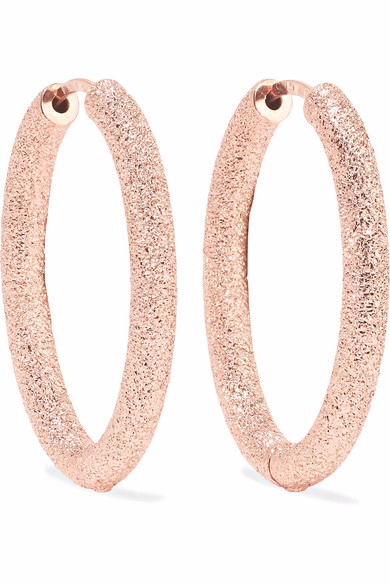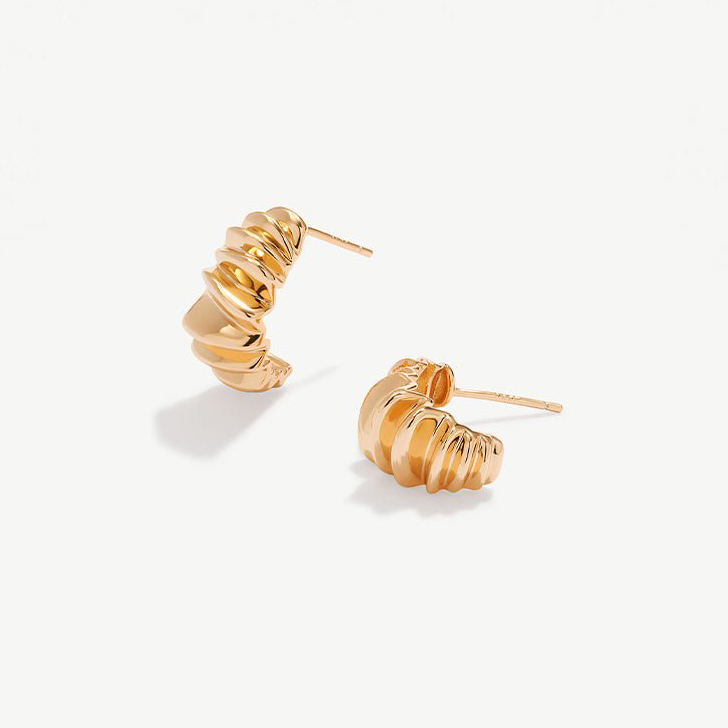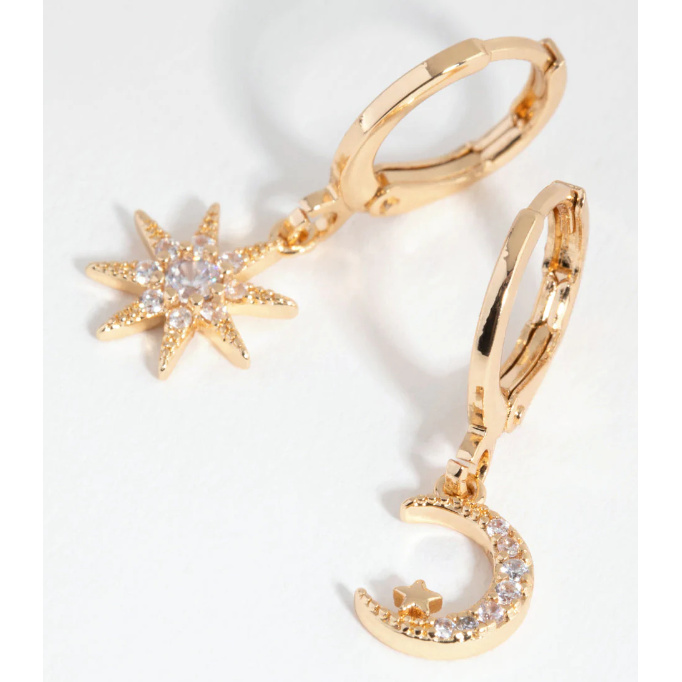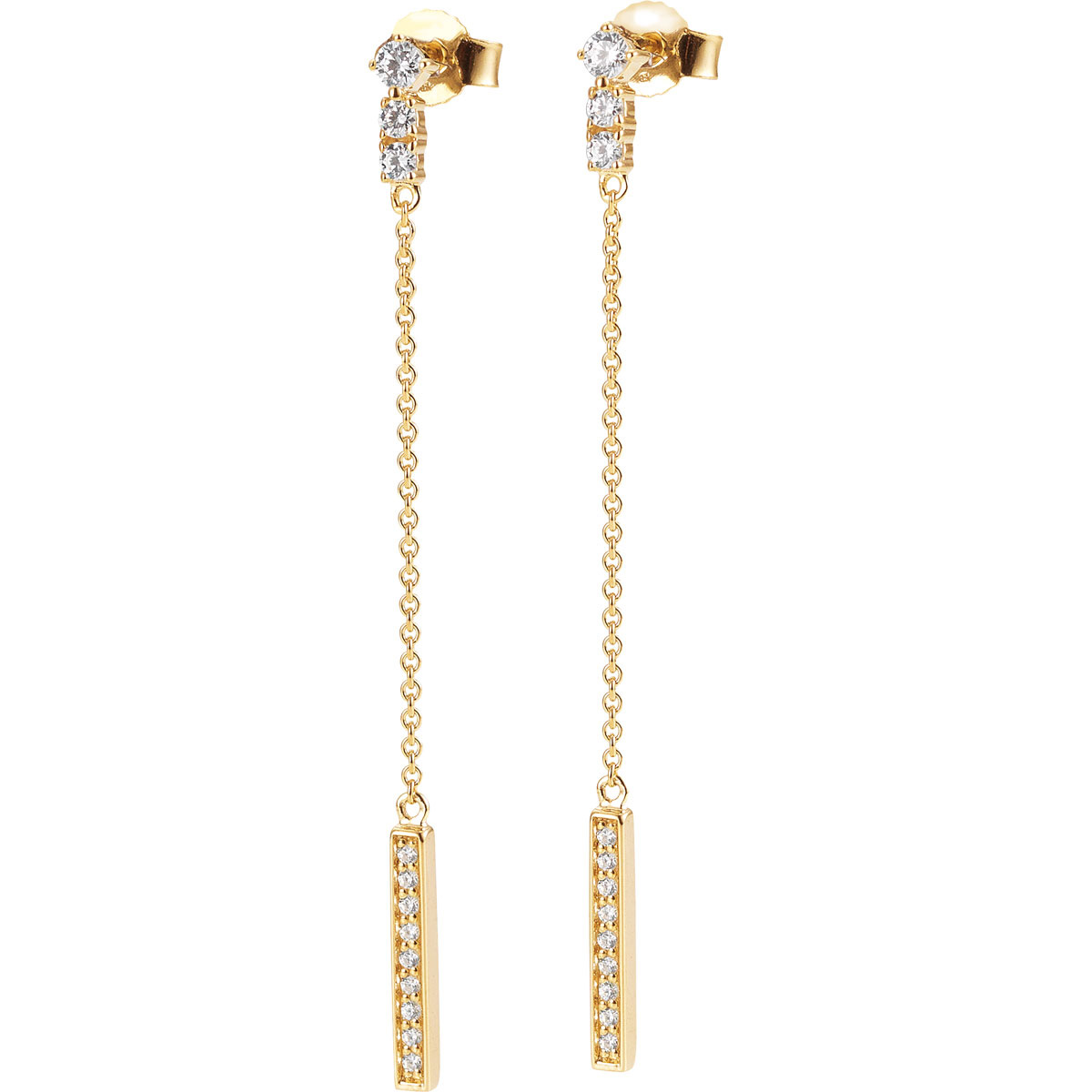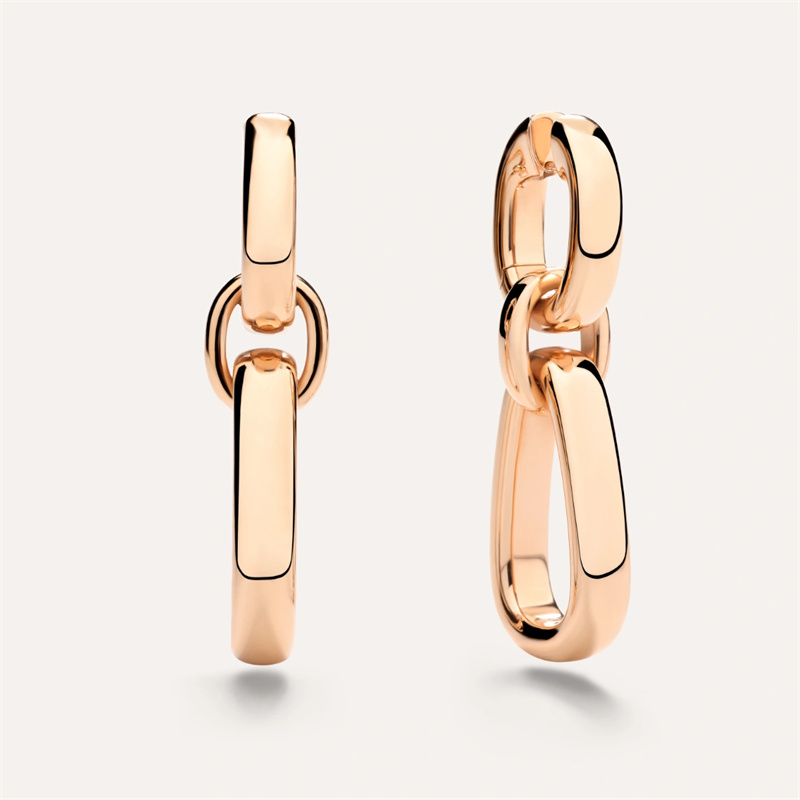Professional OEM Pearl Earring Manufacturing: A Complete Guide
OEM/ODM jewelry manufacturer design custom your own jewelry
LET’S GET STARTED : mo@kingjy.com
Professional OEM Pearl Earring Manufacturing: A Complete Guide
Introduction
The global pearl jewelry market is projected to reach $15.2 billion by 2027, with pearl earrings being one of the most popular categories. For jewelry brands looking to enter this lucrative market, partnering with a professional OEM (Original Equipment Manufacturer) pearl earring factory is essential for producing high-quality, cost-effective designs.
This 5,000-word guide provides an in-depth look at:
- Overview of Pearl Earring OEM Manufacturing
- Types of Pearls Used in Production
- Materials & Components Breakdown
- Manufacturing Process Step-by-Step
- Quality Control Standards
- Customization Options
- Cost Structure for Bulk Orders
- How to Select the Right OEM Partner
- Current Market Trends
- Sustainability in Pearl Farming & Production
1. Overview of Pearl Earring OEM Manufacturing
What is a Pearl Earring OEM Factory?
An OEM factory specializes in producing pearl earrings according to a brand’s specifications, handling:
- Design development
- Material sourcing
- Production
- Quality control
- Packaging
Key Benefits of OEM Production
- Cost efficiency through bulk manufacturing
- Custom designs tailored to your brand
- Quality assurance with professional craftsmanship
- Faster turnaround vs. in-house production
- Private labeling for brand identity
Common Pearl Earring Styles Produced
| Style | Description |
|---|---|
| Stud Earrings | Classic single pearl design |
| Dangle Earrings | Pearls suspended from chains |
| Hoop Earrings | Pearls set along hoop frames |
| Cluster Earrings | Multiple pearls in one setting |
| Jacket Earrings | Pearl with decorative metal surrounds |
2. Types of Pearls Used in Production
A. Natural Pearls
- Saltwater Pearls (Akoya, South Sea, Tahitian)
- Higher luster, more expensive
- Limited availability
- Freshwater Pearls
- More affordable
- Wide variety of shapes/colors
B. Cultured Pearls
- Bead-Nucleated (Rounder shape)
- Tissue-Nucleated (More irregular)
- Keshi Pearls (No nucleus, all nacre)
C. Imitation Pearls
- Glass Pearls (Coated with pearl essence)
- Plastic Pearls (Most affordable option)
- Shell Pearls (Made from crushed mollusk shells)
Comparison Table: Pearl Types & Characteristics
| Pearl Type | Cost (per pearl) | Durability | Luster |
|---|---|---|---|
| Natural Saltwater | $50-$500+ | High | Excellent |
| Cultured Freshwater | $5-$50 | Good | Very Good |
| Imitation | $0.10-$5 | Fair | Good |
3. Materials & Components Breakdown
A. Metal Components
- Posts & Backs
- Surgical steel ($0.05-$0.20)
- Sterling silver ($0.30-$1.00)
- 14K gold ($3-$10)
- Earring Settings
- Prong settings
- Bezel settings
- French hooks
- Leverbacks
B. Additional Materials
- Adhesives (Epoxy resin for secure setting)
- Enamel (For colored accents)
- Rhodium plating (For tarnish resistance)
4. Manufacturing Process Step-by-Step
Stage 1: Design & Prototyping
- CAD design development
- 3D printing of prototypes
- Sample approval process
Stage 2: Pearl Preparation
- Sorting by size, shape, color
- Drilling holes (if needed)
- Quality grading
Stage 3: Metal Work
- Casting or stamping components
- Polishing and finishing
- Plating (if applicable)
Stage 4: Assembly
- Pearl setting (gluing or mechanical)
- Quality inspection
- Final polishing
Stage 5: Packaging
- Individual poly bags
- Branded boxes
- Certificates of authenticity
5. Quality Control Standards
Pearl Quality Checks
- Luster evaluation
- Surface perfection grading
- Shape consistency
- Color matching
Metal Quality Tests
- Purity verification (XRF testing)
- Nickel content testing
- Plating thickness measurement
Final Product Inspection
- Security of settings
- Post straightness
- Overall aesthetic appeal
6. Customization Options
Design Customizations
- Pearl size (3mm to 12mm common)
- Metal type and color
- Engraving options
- Unique settings
Branding Opportunities
- Custom packaging
- Logo engraving
- Unique clasp designs
- Signature color schemes
7. Cost Structure for Bulk Orders
Sample Pricing for 10,000 Pairs
| Component | Cost Range |
|---|---|
| Freshwater Pearls (6mm) | $8,000-$15,000 |
| Sterling Silver Settings | $5,000-$12,000 |
| Labor (China-based) | $3,000-$8,000 |
| Packaging | $1,000-$5,000 |
| Quality Control | $500-$2,000 |
| Shipping | $1,500-$4,000 |
| Total Estimate | $19,000-$46,000 |
*Cost per pair: $1.90-$4.60*
8. Selecting the Right OEM Partner
Key Selection Criteria
- Pearl sourcing network
- Metalworking capabilities
- Minimum order quantities
- Quality certifications
- Design support services
Top Manufacturing Regions
- China (Qingdao, Zhuji)
- Japan (Mie Prefecture)
- Thailand (Bangkok)
- India (Hyderabad)
9. Current Market Trends
Popular Styles for 2024-2025
- Mini pearl studs (3-5mm)
- Pearl huggies (small hoop styles)
- Asymmetric designs
- Mixed metal combinations
- Baroque pearl earrings
Consumer Preferences
- Sustainable sourcing
- Hypoallergenic materials
- Customizable options
- Affordable luxury
10. Sustainability in Pearl Production
Ethical Farming Practices
- Non-nucleated pearl cultivation
- Chemical-free farming
- Ecosystem protection
Eco-Friendly Manufacturing
- Recycled metals
- Biodegradable packaging
- Water conservation processes
Conclusion
Partnering with a professional pearl earring OEM manufacturer provides brands with:
- High-quality production
- Cost-effective solutions
- Design flexibility
- Market-ready products
The pearl jewelry market continues to grow, with opportunities for brands that can offer unique designs at competitive prices through strategic OEM partnerships.
